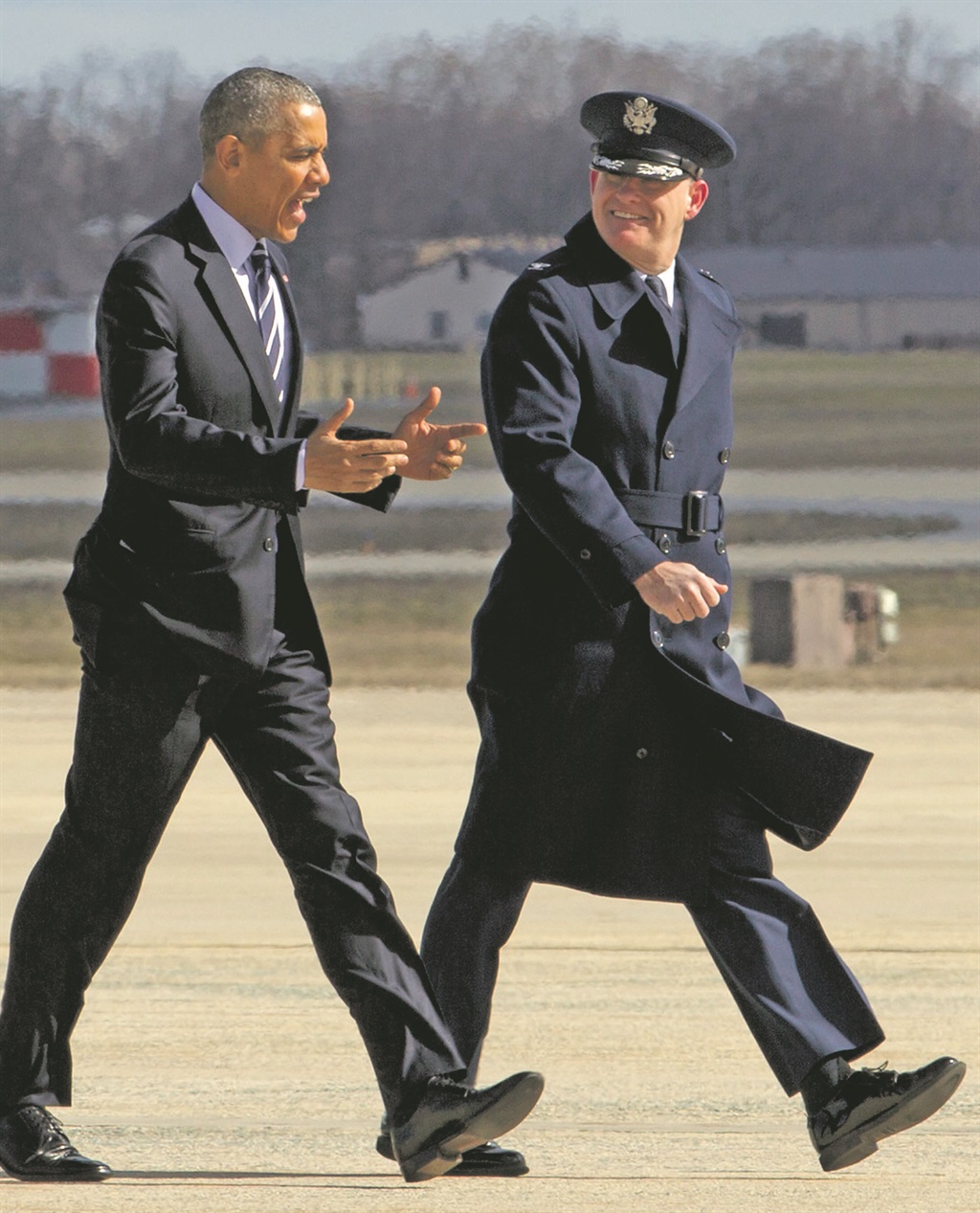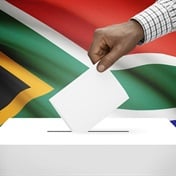
‘Shall we walk?” This was the response to a meeting request I received from a consultant I’d recently started working with. “We could do a meeting walk at 7am,” was the follow-up suggestion, “but if you prefer, we can meet at your office.”
Without hesitating, I opted for the walking meeting.
In an attempt to reduce time spent in meetings and increase productivity, a few forward-thinking companies have tested some alternative methods of meeting, such as not sitting down. When people are forced to stand, meetings tend to be much shorter.
It works. People tend to get to the point far more quickly and, on average, most standing meetings last between 15 and 20 minutes.
However, walking meetings take the concept to another level. Besides the obvious benefits of stepping away from the machines, taking in fresh air and being in a different environment, the combination of mental as well as physical activity sparks new thought processes. Many seemingly insurmountable problems have been solved while walking.
Unsurprisingly, boardrooms with flip charts and death by PowerPoint are not conducive to creative thinking.
Walking meetings minimise distractions: there are no phones, no emails being surreptitiously checked, no texting under the table and no interruptions to break the flow of thought.
In a world where open-plan offices are the norm, walking meetings provide a sense of privacy, as well as break down formalities: they relax inhibitions and foster a different sort of camaraderie because people are more likely to talk from the heart while doing what feels like a social activity. When you’re walking side by side, you’re also shifting any power dynamics that might exist between the two parties. Personal interplay becomes more equal.
Walking meetings are not new. Apple co-founder Steve Jobs was famous for it. But the trend is growing, particularly among executives.
Facebook CEO Mark Zuckerberg caught the walking bug from Jobs. The two took a stroll in 2010 when Jobs was interested in having Ping, Apple’s social-network music service, incorporated into Facebook. Although the deal never went through, Zuckerberg now often takes people he wants to hire on a walk.
He did, however, clinch the $19 billion (R297 billion at the current exchange rate) deal to buy WhatsApp after taking long walks around Silicon Valley with WhatsApp co-founder Jan Koum.
Twitter co-founder Jack Dorsey is another fan of walking meetings, as is President Barack Obama, who often ends his day walking around the White House grounds with his chief of staff, before joining his family for dinner.
I’m sold on walking meetings, but I would recommend a few guidelines for those embarking on their first “walk and talk”.
To start with, there is the question of dress code. You need to establish if you’re doing a meandering stroll or one that is going to be more exerting. My walking meeting was more of a strenuous morning walk, which I’m glad I clarified beforehand.
The other ingredient for a successful walking meeting is predetermining the route and length of the walk. This particular walking meeting took us up sets of steep stairs, so, at times, it was a struggle to speak when out of breath. If that happens, take turns in talking so that you give the other party a chance to catch his or her breath.
Our walking meeting lasted just under an hour and we covered four and a half kilometres (we tracked our progress using a Fitbit), so it was not only a good workout but we managed to talk through a contractual agreement in that time.
We parted, somewhat flushed and sweaty, and I was home for a shower and breakfast by 8am, feeling not only content that I had not only started the day with clear-headed thinking – but also somewhat smug that I had already accomplished something before the working day had even started.
Research from Stanford University shows that walking does release a free flow of ideas, so don’t be surprised if the phrase “take a hike” soon takes on a new meaning when South Africa’s corporate world latches on to this.
Chang is the founder of Flux Trends. For more trends, visit fluxtrends.com. Join him on Metro FM tomorrow at 6.30am, when he discusses these trends on the First Avenue show.




 Publications
Publications
 Partners
Partners








